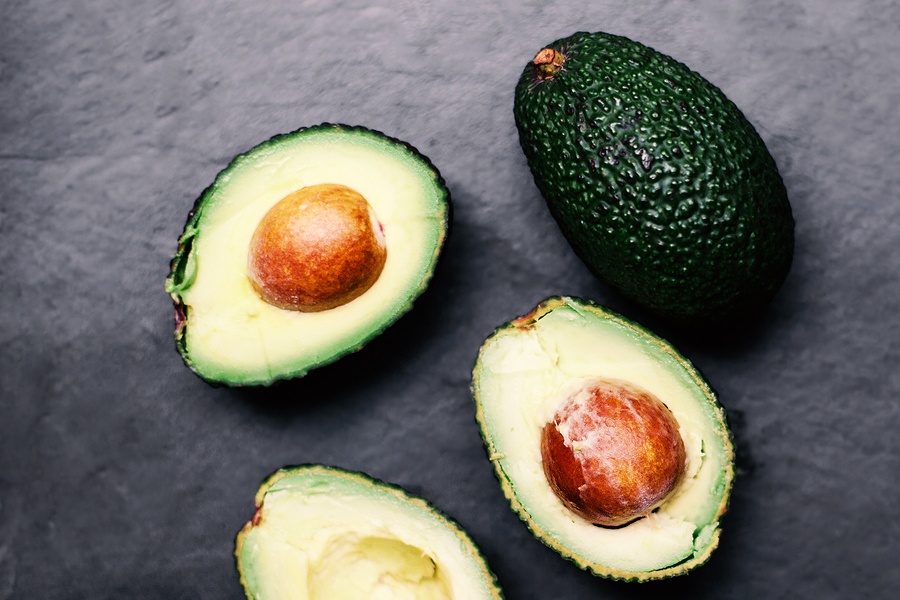There was a time, in the recent past, that avocados were feared (because of their fat content). In fact, my editor tells me when she first became a Vegan she was a little afraid to eat them and still does so very carefully. But, it’s 2016 and doctors and health advocates know that it’s actually a very healthy addition to a plant based diet.
However, what if you have diabetes? Should you be eating avo? Researchers say yes. Healthy diets are absolutely critical for those with diabetes, all people really, because it’s the food ingested every day that can have a considerable impact on how well blood sugar is controlled- something avocados can help with.
A medium avocado has around 17 grams of carbohydrates, with a 1-ounce serving (or about one-fifth) containing only 3 grams of carbs and less than 1 gram of sugar. With that few carbs, it’s likely that diabetics won’t raise their blood sugar. And when you pair avo with other foods, that might help reduce blood sugar spikes too because the avocados fat and fiber content takes longer to digest and also slows the absorption of other carbohydrates in the process.
But there is even more good news concerning avocados and those with diabetes. People with diabetes are twice as likely to have heart disease and stroke (in fact they are the leading causes of death among that population) so the fact that the fat in avocados is mostly monounsaturated fatty acids (MUFAs)- which have been shown to raise “good” HDL cholesterol- means that as the MUFAs lower levels of “bad” LDL cholesterol and fats called triglycerides, this reduces blood pressure. And that helps keep insulin levels steady.
Lastly, avocados are also full of soluble fiber which may also improve cholesterol levels and that fiber, besides being good because it helps with digestive health and keeps the bowels regular, helps you feel full longer. And for those with diabetes, a study in the Journal of the American Board of Family Medicine, “suggests that fiber can lower fasting blood sugar levels and hemoglobin A1C levels in people with diabetes”.
Now that you’re convinced avocados should immediately be added to your diet, how are you going to eat them? They are best eaten when ripe but unless you know what to look for, you might get a dud. Follow these easy instructions from Medical News Today:
- Try to remove the avocado’s stem
- If it doesn’t come off easily, it’s not yet ripe
- If it removes easily and the skin underneath is green, the avocado is ripe
- If it removes easily and the skin underneath is brown, the avocado may be overripe. It may have brown spots inside or a texture that’s too soft
And if you are looking for some recipes, try here and here and even here. They are such a yummy and versatile fruit.
Have fun!
XO- Erin
Remember to consult your physician before you make any significant changes to your diet or if you have any questions.
Source: Medical News Today












